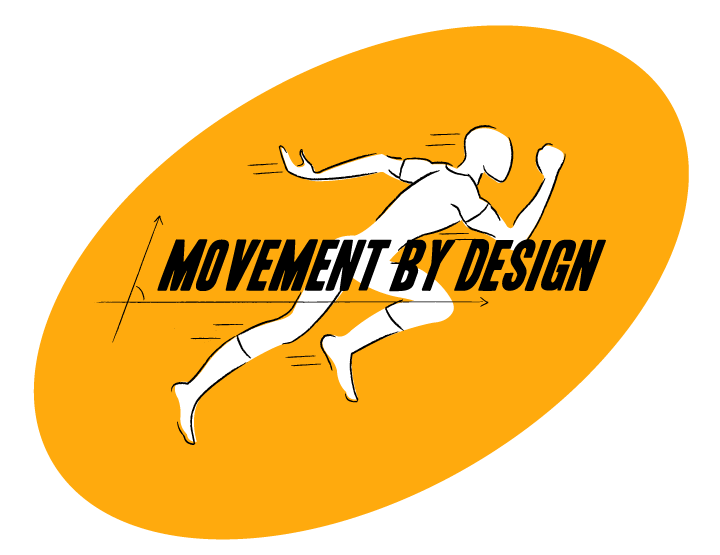Sport-Specific Training and Injury Prevention for Padel
Padel, one of the fastest-growing racket sports in the world, combines agility, power, and endurance in a fast-paced and social setting. Whether you’re a seasoned player or a beginner, the physical demands of padel require a targeted approach to training. Sport-specific exercises and injury prevention strategies not only enhance performance but also protect your body from common injuries.
Here’s a closer look at how you can take your padel game to the next level while staying injury-free.
The Physical Demands of Padel
Padel requires a unique combination of skills and physical attributes:
- Agility: Quick direction changes and lateral movements are essential.
- Explosive Power: For smashes, volleys, and overhead shots.
- Endurance: Sustained energy is needed during long rallies.
- Core Stability: Crucial for balance and control during rapid transitions.
- Shoulder and Wrist Strength: Necessary for powerful and precise shots.
Meeting these demands requires a sport-specific training program that improves strength, agility, endurance, and flexibility while addressing potential injury risks.
Sport-Specific Training for Padel
Here are some key exercises and drills tailored to improve your padel performance:
- Agility and Footwork
- Ladder Drills: Improve quick direction changes and foot speed.
- Cone Drills: Practice lateral shuffles and pivots to mimic court movements.
- Bounding Exercises: Build explosiveness for lunges and quick returns.
- Strength Training
- Lower Body: Squats and lunges for leg power during dynamic movements.
- Upper Body: Push-ups and pull-ups to build arm and shoulder strength.
- Core: Planks and Russian twists for rotational power and stability.
- Plyometrics
- Exercises like box jumps and broad jumps enhance explosive power for smashes and rapid movement on the court.
- Endurance
- Interval Training: Mimics the intensity of padel rallies with sprints followed by active recovery.
- Steady-State Cardio: Activities like cycling or jogging improve overall cardiovascular fitness.
- Flexibility and Mobility
- Dynamic Stretches: Warm up with leg swings and arm circles to prepare for play.
- Static Stretches: Post-game stretches prevent stiffness and improve recovery.
Preventing Injuries in Padel
Injury prevention is as important as performance enhancement. Here are practical strategies to reduce the risk of common padel injuries:
- Warm-Up and Cool-Down
- A proper warm-up prepares your muscles for action, while cooling down prevents soreness and stiffness.
- Strengthen Stabilizer Muscles
- Shoulders: Use resistance bands for external rotations to prevent shoulder injuries.
- Knees: Perform glute bridges and single-leg squats to strengthen supporting muscles.
- Wrists: Wrist curls improve grip strength and reduce strain.
- Improve Biomechanics
- Proper swing techniques and movement patterns reduce unnecessary stress on joints and muscles.
- Use Appropriate Gear
- Choose the right racket with an ergonomic grip and wear court-specific shoes to prevent sprains and strains.
- Rest and Recovery
- Avoid overplaying and allow your body adequate recovery time to prevent repetitive strain injuries.
- Balance Training
- Exercises like single-leg balance drills improve stability, reducing the risk of falls and missteps.
Sample Drills for Padel Training
- Agility Drill: Perform shuttle runs using cones placed at 5m intervals. Sprint to each cone, touch the ground, and return. Repeat for 5 rounds.
- Strength Drill: Practice medicine ball rotational throws against a wall. This replicates the rotational force used in padel shots.
- Injury Prevention Drill: Perform scapular push-ups to strengthen the shoulder girdle and avoid impingement injuries.
Why Training Matters
Padel is a sport that demands agility, strength, and endurance, making targeted training essential for both performance and injury prevention. By incorporating sport-specific exercises and taking preventive measures, players can:
- Enhance their agility, speed, and power.
- Strengthen key muscle groups to handle the physical demands of the game.
- Reduce the risk of injuries that could sideline them for weeks or months.
Conclusion
Sport-specific training for padel is more than just a fitness routine—it’s an investment in your game and your long-term health. By combining focused exercises with proper recovery and prevention strategies, you can take your padel skills to the next level while keeping injuries at bay.
Whether you’re playing for fun or competition, train smart, play safe, and let your performance shine on the court. Game on!



